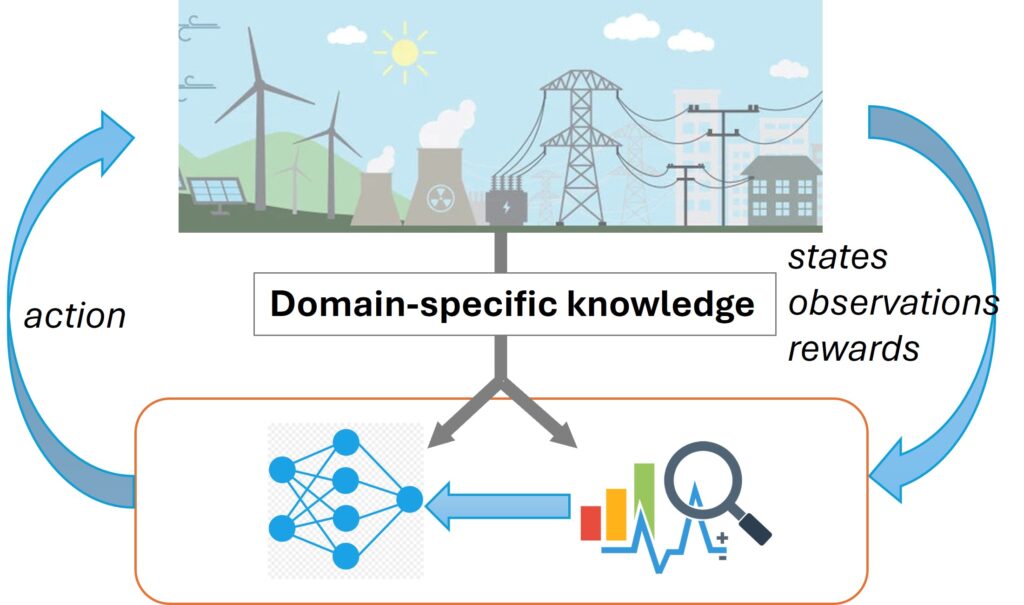From Electrons to Insights: AI That Knows Grids

Data-driven tools for power-grid monitoring often struggle to keep pace with the grid’s ever-evolving conditions. Models trained on historical measurements or benchmark systems can fail to generalize across diverse network topologies and operating states. As a result, automation and security methods that rely solely on data-driven approaches may miss critical anomalies or trigger false alarms, leaving operators with an incomplete picture of the grid’s health.
To bridge this gap, we infuse our AI algorithms with the underlying physics and topology of the power network, making our automation and security solutions both explainable and adaptable to real-time grid conditions:
- Physics-Informed Graph Neural Networks: Introduce inductive learning capabilities that embed power-flow equations and network connectivity, enabling new state-estimation and false-data detectors to adapt to previously unseen grid configurations and attack strategies—without retraining.
- Training Enrichment with Transaction-Prediction: Exploit predicted energy management system transactions to augment the input space of conventional machine-learning models, boosting detection accuracy with minimal additional training overhead.
- Physically-Constrained Loss Functions: Enhance standard loss functions with physical constraints (e.g., Kirchhoff’s laws), reducing false positives and minimizing the need for manual mitigation.
